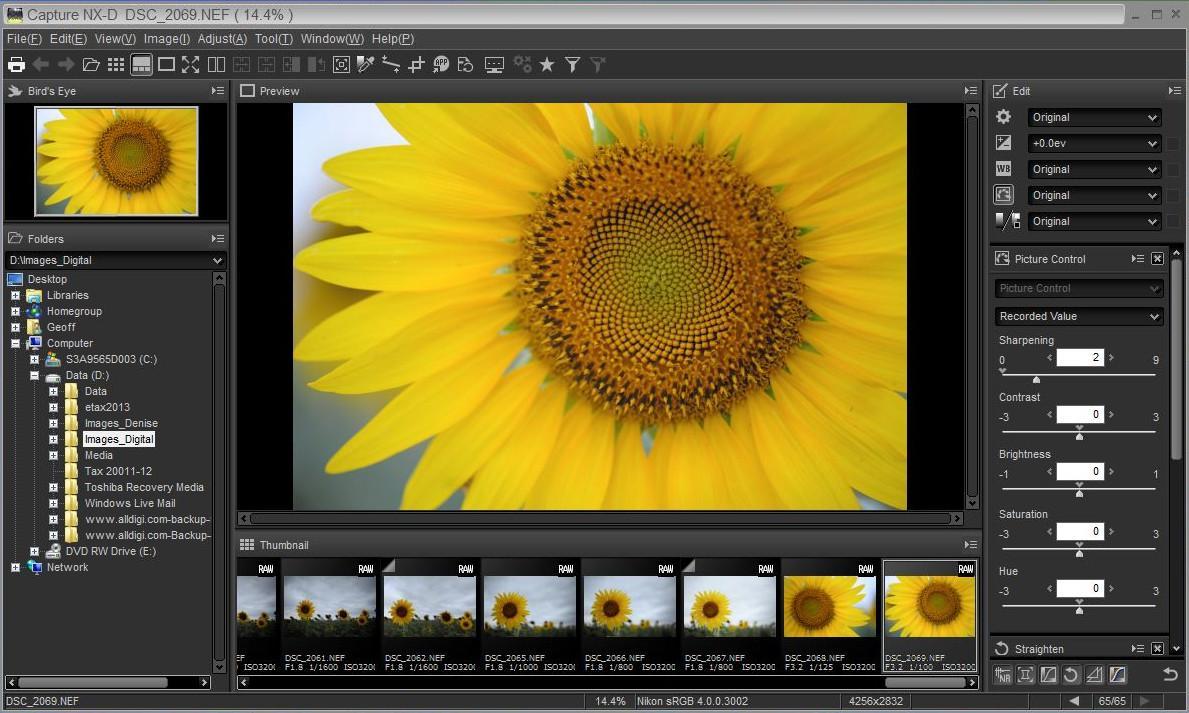

On-sensor autofocus is free of the adjustment requirements of the indirect focusing system of the DSLR (which relies on a separate autofocus sensor located below the reflex mirror), and as of 2018 mirrorless cameras could shoot with phase-detect autofocus at up to 20 frames per second using up to 693 focus points-a number far exceeding what was available on any DSLR. But mirrorless cameras have shorter battery life than DSLRs due to prolonged use of LCD and/or OLED viewfinder displays, and often smaller buffers (to save battery). With the latest phase-detect autofocus available on some mirrorless cameras, the autofocus speed and accuracy of some models has been shown to be as good as DSLRs. The electronic viewfinder can provide live depth of field preview, can show a poorly-illuminated subject how it would look with correct exposure in real time, and makes it easier to view the results of an exposure in bright sunlight. This includes the ability to show a focus-peaking display, zebra patterning, and face or eye tracking. Īs the image from the lens is always projected onto the image sensor, features can be available which are only possible in DSLRs when the mirror is locked up into "live view" mode. Until the mid 2010s mirrorless cameras were somewhat challenged to provide an electronic viewfinder with the clarity and low-lag responsiveness of the optical viewfinders used on DSLRs, especially under strong sunlight or when photographing the sky at night. While nearly all mirrorless cameras have a mechanical shutter, many also have an electronic shutter, allowing completely silent operation. Mirrorless cameras are mechanically simpler than DSLR cameras, and are smaller, lighter, and quieter due to the elimination of the moving mirror. Other terms include electronic viewfinder interchangeable lens ( EVIL) cameras and compact system cameras (CSCs).

This latter name highlights their connection to DSLRs. Mirrorless cameras are sometimes referred to as mirrorless interchangeable-lens cameras ( MILC), or digital single-lens mirrorless ( DSLM) cameras.
CAPTURE NX D REVIEW SERIES
Like a DSLR, a mirrorless camera accepts any of a series of interchangeable lenses compatible with its lens mount. Many mirrorless cameras retain a mechanical shutter. The camera does not have a reflex mirror or optical viewfinder like a digital single-lens reflex (DSLR) camera, but may have an electronic viewfinder. Nikon Z 7, a full-frame MILC introduced in 2018Ī mirrorless camera is a photo camera featuring a single, removable lens and a digital display.


 0 kommentar(er)
0 kommentar(er)
